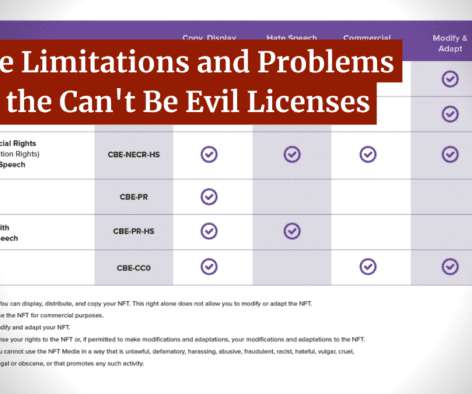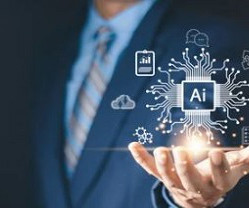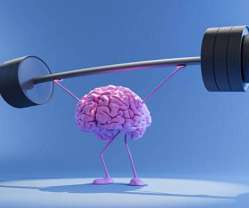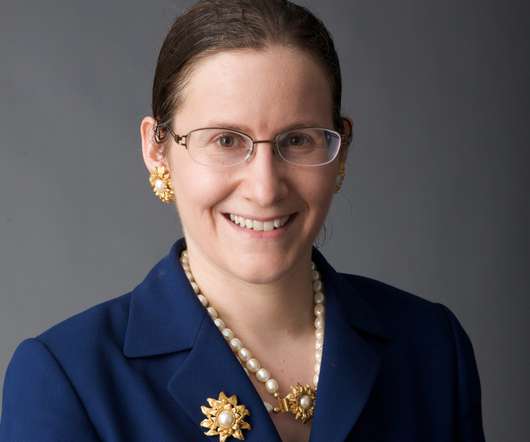My Concerns with the ‘Can’t Be Evil’ NFT Licenses
Plagiarism Today
SEPTEMBER 8, 2022
Exclusive Commercial Rights (ECR) : This one is the most straightforward. The NFT creator grants the purchaser (or holder) the exclusive rights to copy, display, modify and distribute the work for commercial purposes. The original creator retains no exploitation rights. The idea is fairly simple. Bottom Line.












Let's personalize your content